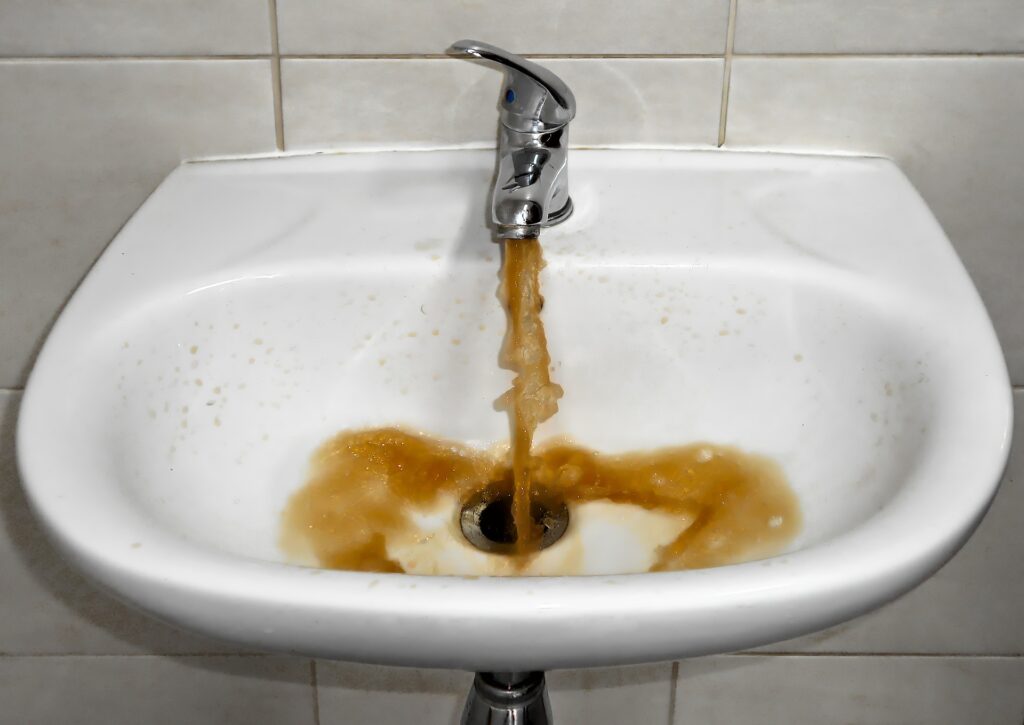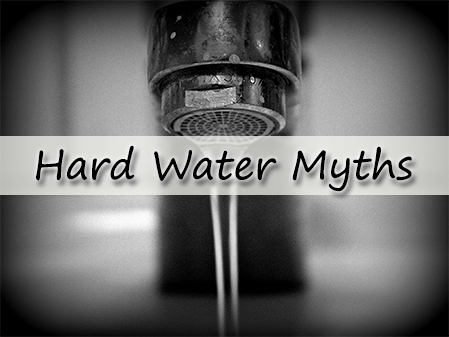What is rust? Is drinking rusty water dangerous? What does rust in your water mean? How do you treat rust in water? Read on to discover the answers to these questions and much more.
The most telltale sign of rust in your water supply is when appliances such as dishwashers become dirty more quickly, laundry transforms white fabric to yellow, or when toilet bowls, sinks, and showers turn an orangey brown color.
Rust is the byproduct of oxidizing iron or other metals, causing well water to become corrosive and destructive toward fittings, fixtures, and pipes. Moreover, it can be dangerous for humans to consume.
While humans need a minuscule amount of iron to survive, excess iron can be detrimental to human health. Water can appear rusty when levels are above .3 mg/L. Large chunks of iron can cut your internal organs, and high concentrations of microscopic iron can cause iron poisoning.
The symptoms of iron poisoning are fever, headache, dizziness, low blood pressure, fast/weak pulse, shortness of breath, fluid in the lungs, grey/blueish/jaundice skin, and/or seizures. Iron poisoning can eventually cause death by liver failure or circulatory system shock.
Add a water softener to your system to remove rust in your water, which will help make your water crystal clear. Some softeners can be improved by using an enhancement product, which specifically targets iron and removes it from the water softener’s regeneration process. Rust filters are fantastic options to remove this pesky sediment as well.
Since rust can be so damaging, it might be a good idea to replace your plumbing system to ensure there are no traces of rust in your drinking, bathing, or cleaning water. Additionally, adding alkaline minerals such as magnesium oxide or calcium carbonate can improve the pH of corrosive water.
Sometimes, rust is trickling in through the municipality’s water supply, which would require your local government to replace their pipes. Most pipe replacements can be astronomically expensive, though many municipalities are already heading in that direction.
If you have rust in your water, contact Reynolds Water Conditioning today – we can help your home be rust-free.
Reynolds Water Conditioning was established in 1931 and is Michigan’s oldest water conditioning treatment company. Still owned and operated by the Reynolds family, we take pride in providing the highest quality products at a cost-effective price. If your tap water lacks the quality you deserve, contact us today at 800-572-9575.
Written by the digital marketing team at Creative Programs & Systems: https://www.cpsmi.com/


